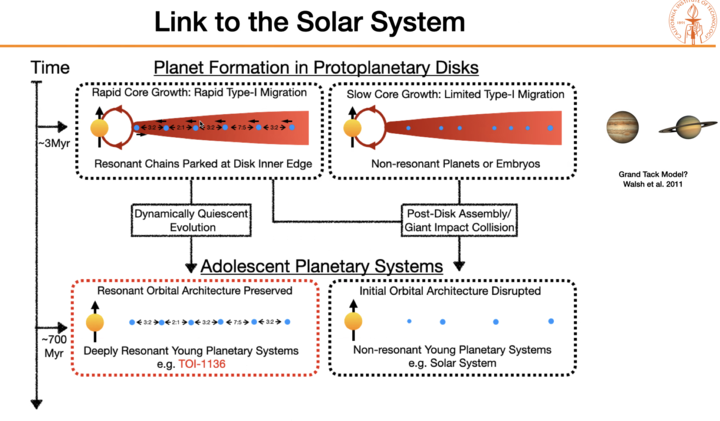Probing Planet Formation with the Most Extreme Cases
Abstract
Thousands of exoplanets have been discovered in the past ~30 years. However, there are still major gaps of knowledge in our understanding of planet formation. The most extreme exoplanets are often ideal for identifying, isolating, and investigating critical aspects of plant formation. In this talk, I will highlight three extremes of planet formation: 1 the ultra-short-period planets (
USPs are not tidally disrupted hot Jupiters
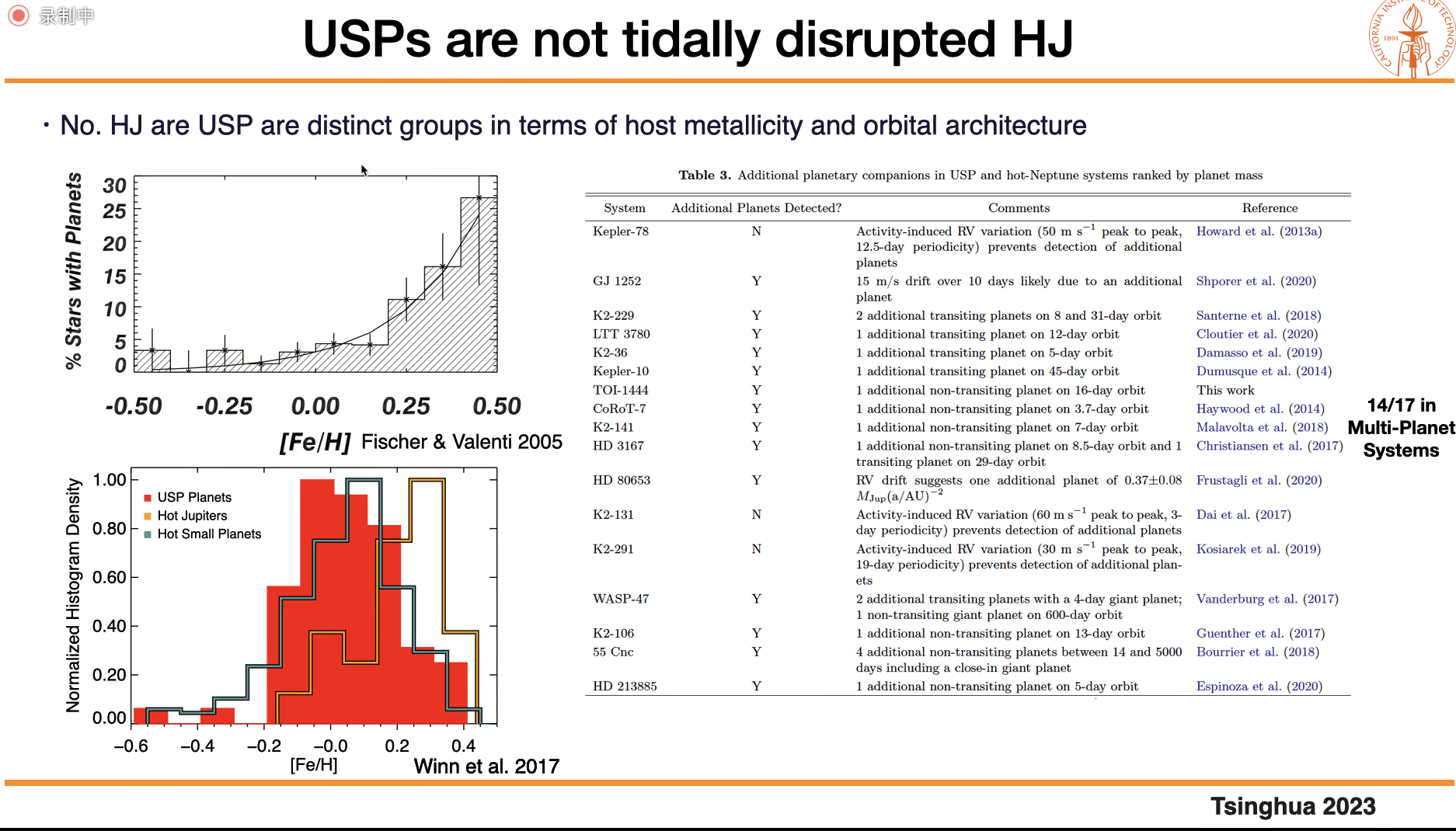
Hot Jupiters are more likely not to form in-situ, but migrate inwards.
How to achieve such a short period?

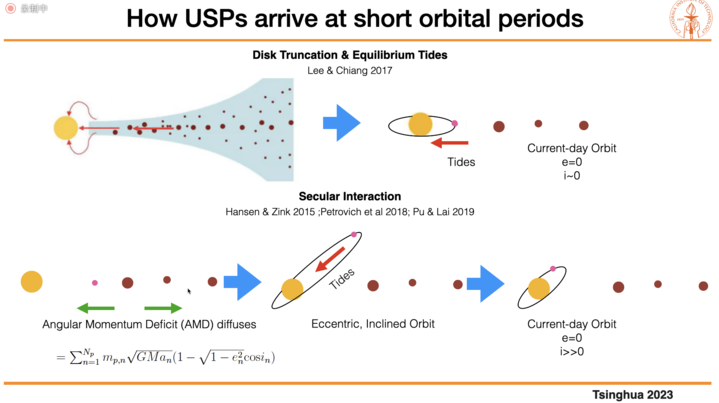
CMF
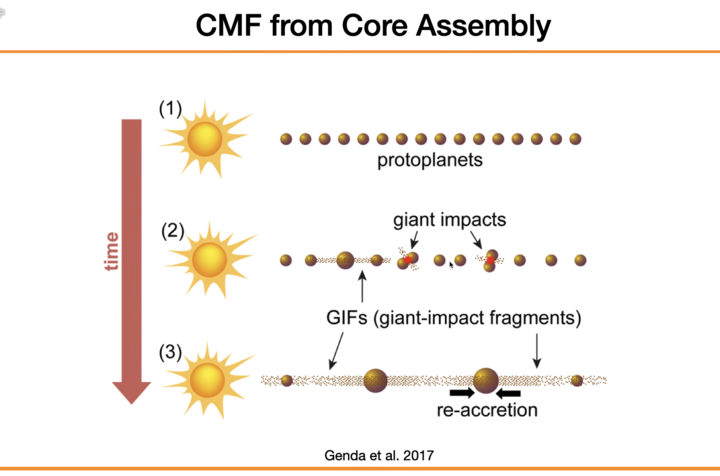
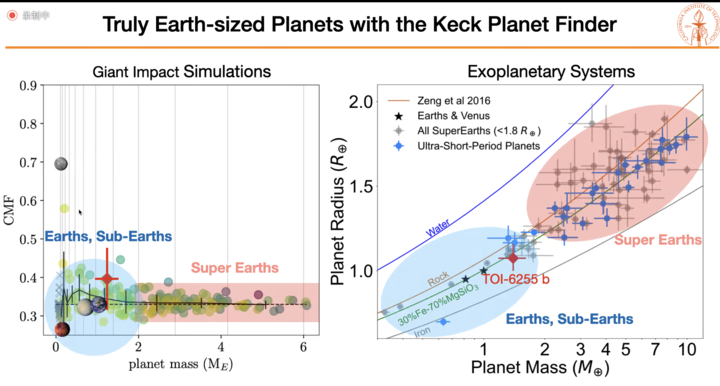
Connection between metallicity and disk
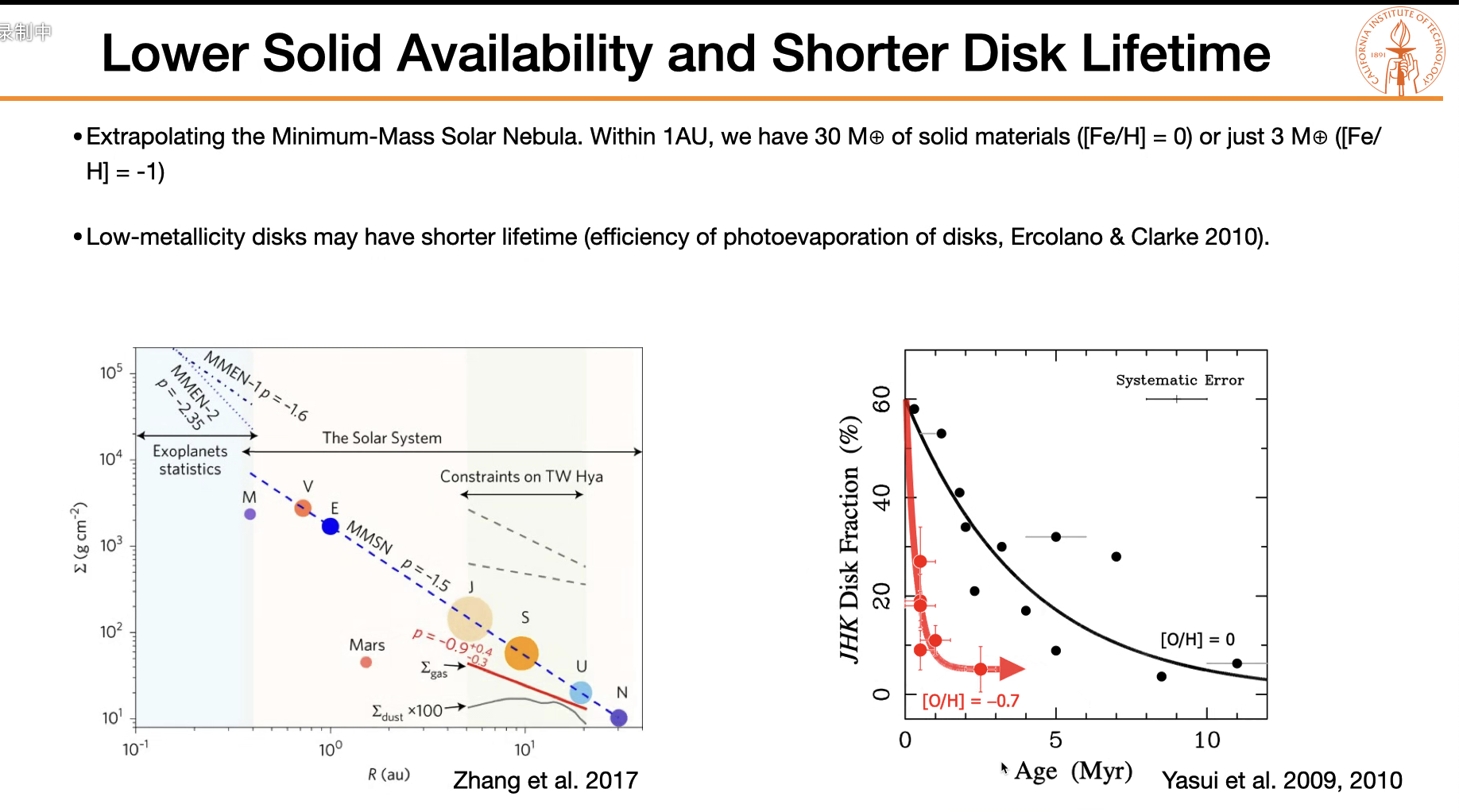
Lower metallicity -> shorter disk life time
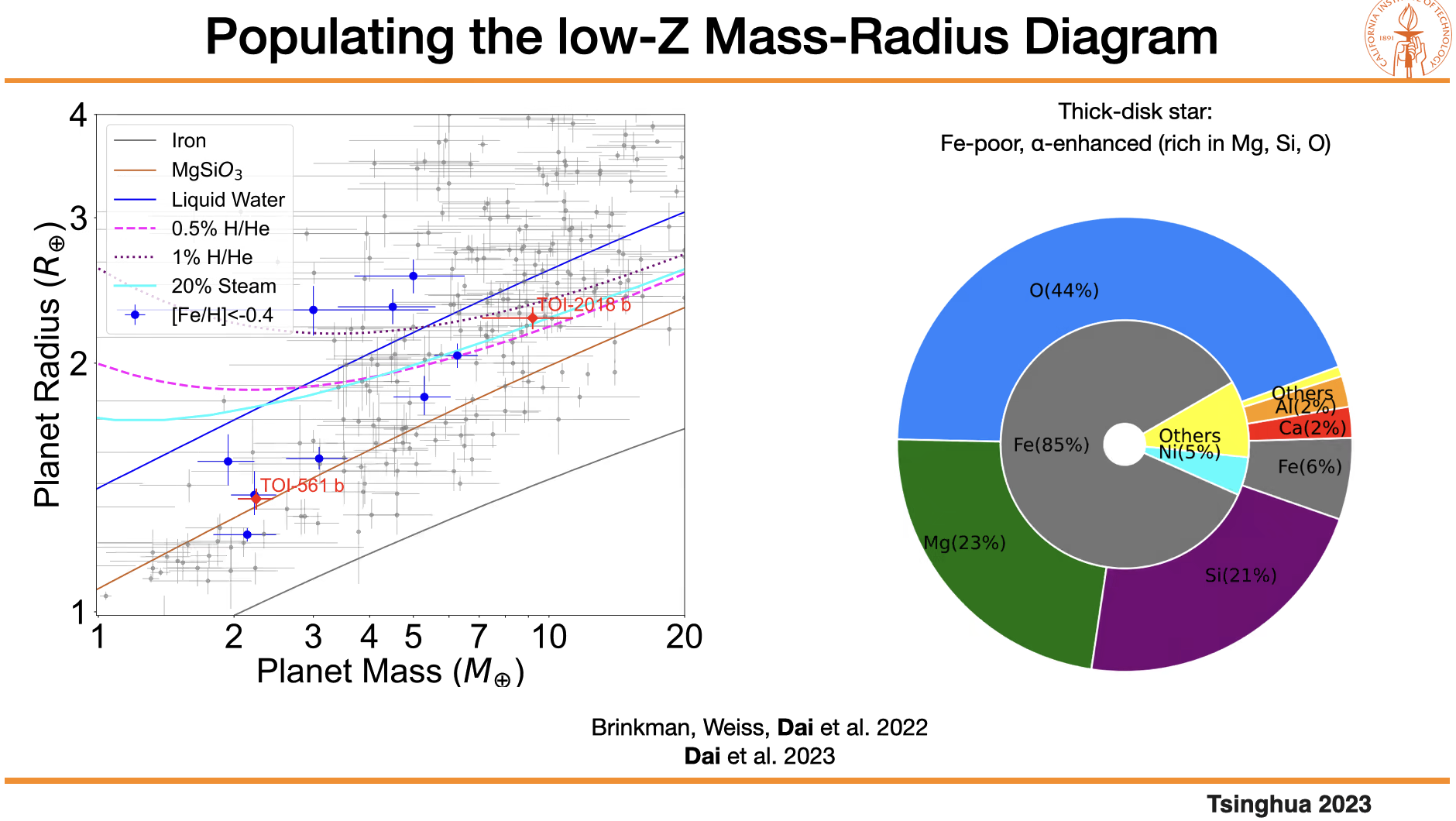
Link to the solar system
